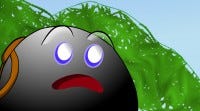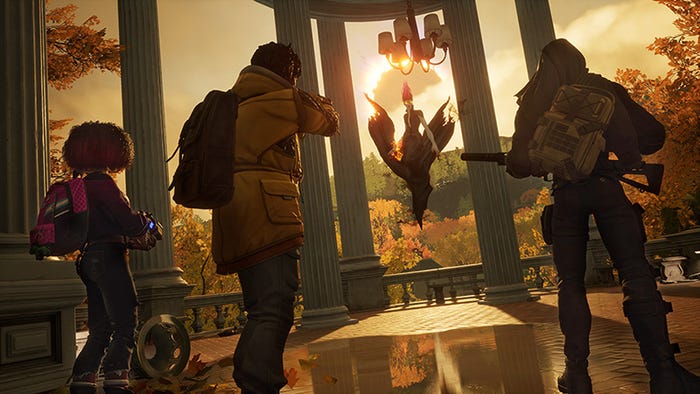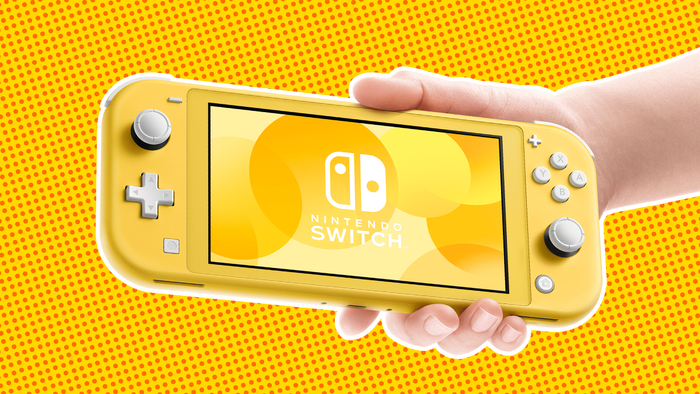"When the World All Around Comes Crashing Down..." The Practical Application of Complicated Scientific Theory
This is the fourth post of my official game dev blog for "The Amoeba of Light" (tentative title). You can see actual post here: http://gamedevelopersjournal.blogspot.com/

Visit my official awesome blog here!

The second law of thermodynamics states that "the entropy of an isolated system never decreases, because isolated systems always evolve toward thermodynamic equilibrium, a state with maximum entropy."
If you don't have the slightest idea what that means, let me put it in simpler terms: everything around you is breaking down. I'm speaking of the physical world specifically. Every plant, every creature, every substance, every gas, every atom is becoming disorganized to the point that everything in existence will eventually disentangle itself from the complex bonds that hold nature together to from a spanless pool of celestial, postbiological melange.
That wouldn't happen in a billion years (unless there was some intervention...) but that's supposing the law is really true. Honestly, I've just assumed it was true...
But about today's post. I'm talking about breaking things. In "The Amoeba of Light" things break. Things break in a lot of games--but look here.

This is what I want to do: I want to create the game so that almost everything is breakable. Do you remember the use anything environment we read about two weeks ago? The "breaking" system will work in a similar way. I don't have to program every pixel to sever from another. I'll use a system so that I can simply edit the attributes of an object and let the game take over.
For example, all wooden objects may snap in half under pressure. Or all steel objects may simply bend under pressure. I can assign variables to objects that tell the material they're made of; It's all further simplified by the physics engine.
I plan to have a system set up like the one in Toca Kitchen Monsters, an iOS App geared towards children. While preparing food for the strange creatures, the user can use the knife to chop up the grub into bits; just swipe your finger. If an object in "The Amoeba of Light," say a chair, received excessive pressure at a point, a portion of the object would sever from the rest of the object at that point. Whether sliced by a sword, crushed by a rock, or thrown from a cliff -- all instances would put pressure on the chair and cause something to break.
If you're not sure what I mean, just imagine how anything reacts in real life when you apply force it to. It breaks. Just like the food in the Toca Monsters App, the pieces of the broken object will bounce around the level while under the influence of the physics engine.
Here's the special part. If the player can break anything in the game, they can essentially generate thier own content. Sever a tree limb and you have a whacking stick! It's got all the same properties of the tree, it's just that you can actually handle it. If conceivably anything can be broken, you've got that much more possibilities to overcome the challenge. More variation is more fun!

Up to a point, of course. We don't want too much of that or the player can be overwhelmed.
Not all objects can break--there are special objects and tools with special abilities--but most natural objects can.
The Toca Kitchen Monsters Image is from The Turtle Race Blog. © The Turtle Race 2010. All rights reserved.
About the Author(s)
You May Also Like














